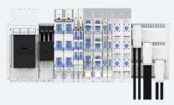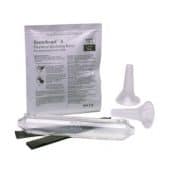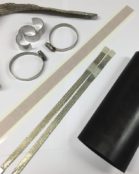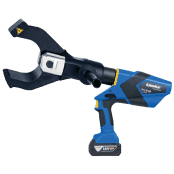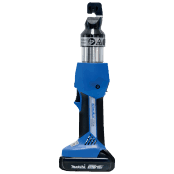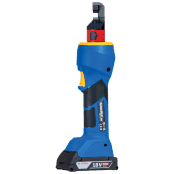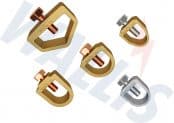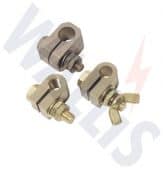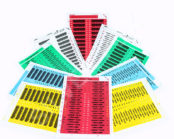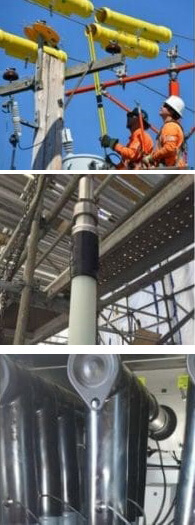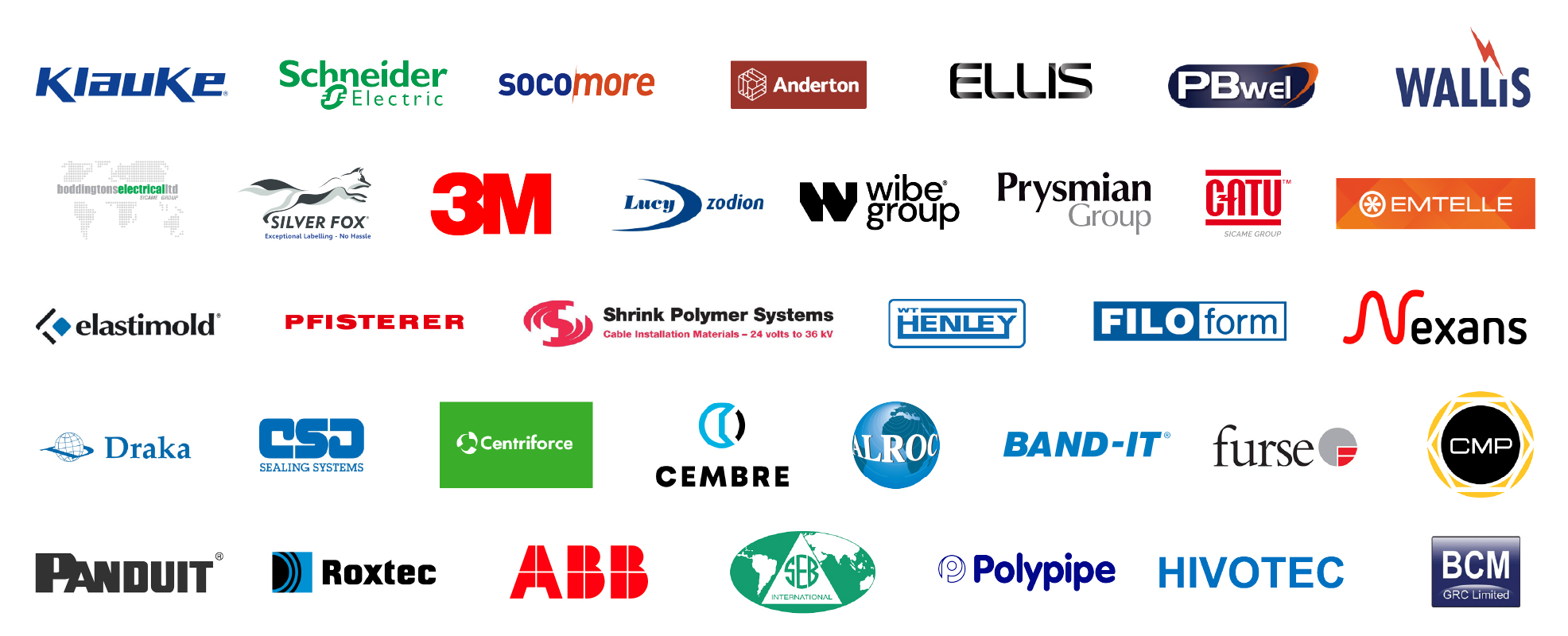Specifying For Data Centre Safety : A Guide To Fire Protection For Vital Cabling
Published 30 Mar 2021
Author: Alex Smith, Technical Director at Flexible Conduit Manufacturer Flexicon
Commercial building contractors and data installers alike have a legal obligation to ensure that cables are suitably fire performance rated for the application and location.
According to its tenth annual data centre survey, the Uptime Institute claims that many operators admit that most downtime incidents could be avoided if they were to invest more in the resiliency of their facilities.
This not only apply to critical infrastructure affected by a mains power outage, but also extends to the appropriate protection of vital data and power cabling, especially in the event of a fire.
Let’s look at some of the common myths around fire protection performance and the array of differing standards in place, and details why operators should ensure that their cable protection meets all low fire hazard criteria requirements.
The background
In a data centre environment, all power cables seen as a possible cause of fire need to be jacketed in materials that provide the necessary fire protection for the given installation.
Commercial building contractors and data installers alike have a legal obligation to ensure that cables are suitably fire performance rated for the application and location and therefore, comply to the European cable fire standard, BS EN 50575. This includes classifications of ‘reaction to fire performance’ and considers heat release, flame spread and propagation, smoke production, flaming droplets and acidity.
BS 7671, commonly referred to as the 18th Edition Wiring Regulations, calls up EN 61386 for flexible conduit performance requirements, including fire. However, this standard for conduit systems, which was first published in 2008, only addresses non-flame propagation (self-extinguishing) – and no other fire performance properties such as enhanced flame retardancy, smoke and toxic fume emission are included.
This can give rise to a potentially dangerous situation where cables can be laid in flexible conduit that, by its standard, only needs to clarify if it is self-extinguishing and does not offer a comprehensive level of fire performance.
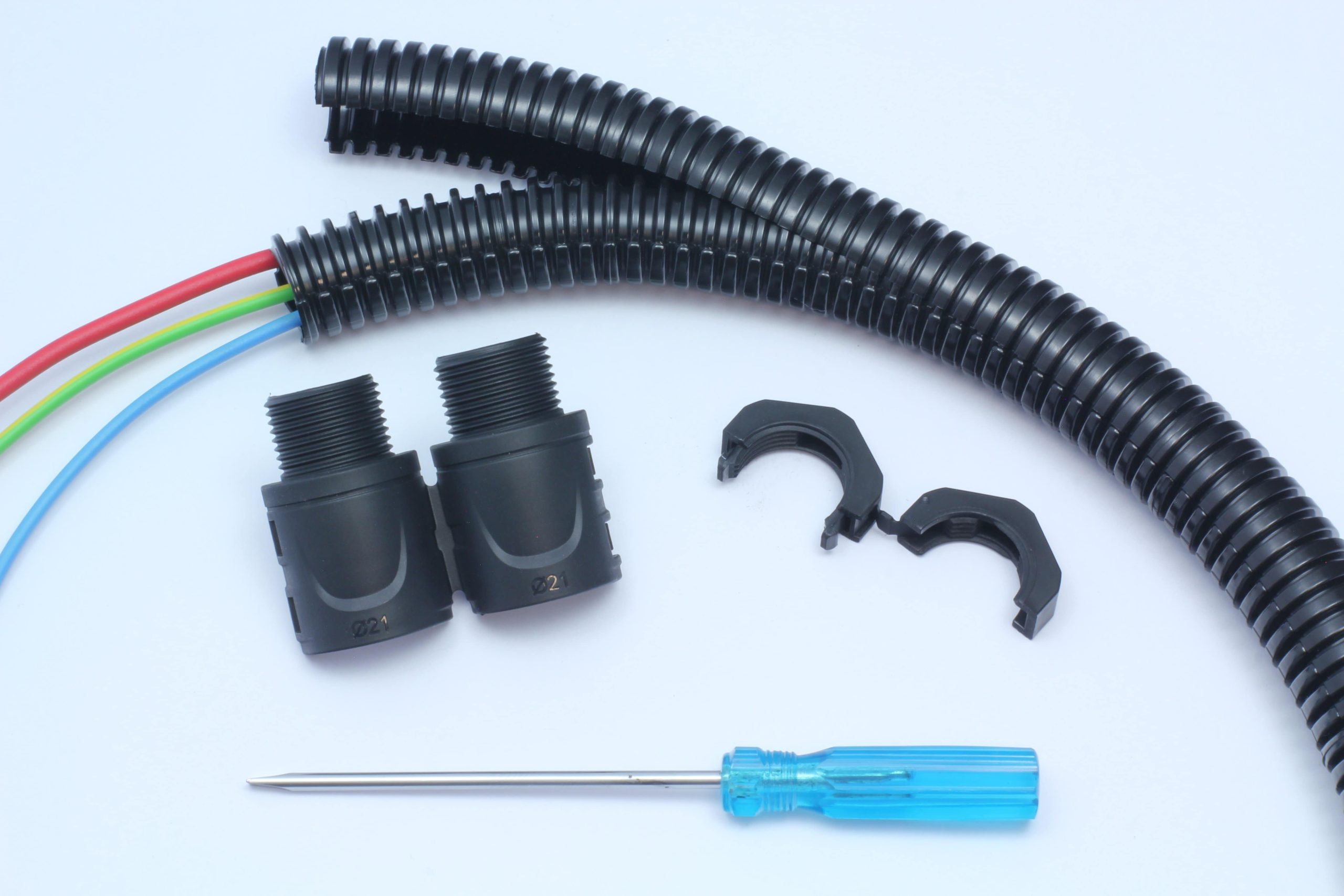
Flexicon Flexible Conduit
Fire hazard assessment
Fire hazard assessment is essential in buildings where there is a significant risk to people, processes or property, such as in a data centre or server room. This assessment should include possible sources and the likelihood of a fire starting and the consequences of such a fire including; evacuation and safety of people, loss of service and damage to equipment.
When assessing the fire hazard, suppliers should work with customers to assess the installation and environment that the conduit system will be used in. For example, in a data centre environment, factors such as high temperatures in confined server rooms should be considered. Also, conduit systems containing halogens, such as PVC, will give off chlorine acid gas in a fire that can destroy electronic equipment in another part of the building.
Almost all applications will require non-flame propagating (self-extinguishing) as called for within the UK wiring Regulations (BS 7671) and tested by means of the flame propagation test in EN 61386 as a bare minimum. Many customers will assume that this basic requirement will be met by any flexible conduit they specify, but this is not always the case.
Meeting low fire hazard specification
For a product to be classified as low fire hazard, it must display four clearly defined characteristics. It must be highly flame retardant, have low smoke emission, low toxic fumes and be halogen-free.
All metal conduit systems are an inherently low fire hazard as there is no plastic to burn, however, most conduit systems are now plastic coated or all plastic so their performance needs to be assessed.
Traditionally, Halogen Free conduits have been specified, often based on the common misconception that they offer comprehensive fire protection performance. Although such a conduit may prevent the generation of toxic gases in some settings, it does not mean necessarily that it is also flame retardant or have low smoke properties and may still be flammable if exposed to a heat source.
Add to this the fact that there is no single European classification standard for low fire hazard cable management products that defines terms, test methods and results expected, and it is easy to see why there is confusion in the industry.
Terms are commonly used which suggest that adequate fire protection is in place, when the product may only meet one of the four required facets. For example, ‘low smoke and fume (LSF)’ rated products may not address toxicity and ‘low smoke zero halogen (LSOH)’ specification may not address flame retardancy.
The good news, however, is that there are numerous flexible conduit solutions available that meet all four requirements for low fire hazard specification. Let’s examine what operators should be asking their supplier to demonstrate as proof of comprehensive fire performance.
Flame retardancy
First, a supplier must be able to demonstrate appropriate flame retardancy and there are a number of established test methods to prove performance.
Flammability – the measure of how difficult it is to ignite the conduit if it is exposed to a heat source – is often cited here. The minimum requirement is that the product is self-extinguishing, according to conduit system standard EN 61386. Here a vertical sample of conduit is exposed to a 1kW burner and must extinguish within 30 seconds of the removal of the flame with no flaming droplets.
To assess how flame retardant a material is, the normal test method is to measure the Limiting Oxygen Index (LOI) according to BS EN ISO 4589-2. This determines the percentage of oxygen that needs to be present to support combustion. The higher the LOI percentage, the greater the flame retardancy of the material.
Another method is to use a glow wire test, BS EN IEC 60695-2, which applies a glow wire to a plaque of material at 7500C, 8500C or 9600C.
Low smoke emission
If the conduit is involved in a fire, the smoke generated may obscure the vision of people trying to escape, or the firefighters trying to extinguish the flames. Any data center operator will therefore want to ensure that the flexible conduit specified provides superior protection if this scenario occurs, to ensure staff are afforded sufficient time to exit the building safely.
There are a number of fire tests, where a specified sample of material is burnt under controlled conditions in a given size smoke chamber and the smoke obscuration of a defined beam of light is measured.
Low toxicity
The generation of toxic gases may incapacitate people trying to escape from the fire, so appropriate protection must be provided at all times.
To test for toxicity, a specified sample of material is burnt under controlled conditions in a given size smoke chamber and the fumes are analysed for various gases. The concentration of each gas is then multiplied by its toxic potency to give a toxicity index.
If halogens, sulphur or phosphorus are present in a material, it is unlikely to pass the low toxicity tests.
Halogen-free
As mentioned, one of the main misconceptions is that a halogen-free material is automatically a low fire hazard product. The fact remains that a material cannot be considered as low fire hazard if it contains halogen, but as we have learned, without the accompanying low toxicity, low smoke and flame-retardant properties, it will not meet the full criteria.
Typical halogens are fluorine, chlorine, bromine and iodine. Chlorine is the most common in PVC, fluorine is present in fluoro-polymers and bromine appears in flame retardants. All of them produce highly toxic fumes and thick smoke if exposed to a naked flame; another reason why operators may have tended to rate this area of performance above other fire hazard properties.
Specification first
While fire performance is of prime concern, it is worth noting that specifying cable protection based on one property alone can be a costly mistake and the full range of environmental factors should be considered. These can include exposure to extremes of temperature, UV radiation, harsh chemicals, compression strength, abrasion resistance and the likelihood of water or dust ingress.
While many products may look the same, performance properties can vary greatly so customers should always check suitability and compatibility for their application and consider the installation as a complete end-to-end system.
Polypropylene, NFR (Non-flame retardant) is a commonly used material for data centre cable protection as it is halogen, sulphur and phosphorous free, so will not aid acid formation, but is highly flammable, and flame propagating.
In contrast, PA6 (nylon) is self-extinguishing, halogen, sulphur and phosphorous free.
The specifier should look for independent test results to back up the supplier’s claims rather than relying on un-substantiated jargon.
Retrofitting options
For existing installations, data centre operators may require new conduit systems to be retrofitted to ensure low fire performance properties are met.
Retrofitting cable protection has, traditionally, been a complex task, with the installer required to pull existing cabling through the open end of a conduit system.
Conduit system manufacturers are therefore developing enhanced retrofit options to make it easier and quicker to install cable protection.
Bespoke-designed cable protection
For more complex application requirements, customers should speak to their supplier to discuss bespoke options.
These could include conduit supplied in non-standard or pre-cut lengths, in larger or smaller diameters or with different thread termination or fitting options. 45- and 90-degree elbows can also be used to help maintain bend radius.
Additionally, more complex requirements, such as altering performance characteristics to meet a certain temperature requirement, compression strength or abrasion resistance or to achieve a greater fatigue life may also be considered.

Fire Resistant Cable Glands | Fire Resistant Cable Cleats
In conclusion
With so many areas to consider when assessing fire performance, it is important to work with a competent manufacturer or specifier. Specifying based on price alone, or by using standards that do not take all aspects of fire performance into account, could leave vital infrastructure vulnerable to failure.
Operators should expect their chosen supplier to be able to provide detailed evidence of the material properties, and the tests that they have conducted to ensure that all four criteria are met and that critical performance factors are maintained.
THORNE & DERRICK
Thorne & Derrick are national distributors of LV, MV & HV Cable Installation, Jointing, Substation & Electrical Equipment – servicing businesses involved in cabling, jointing, substation, earthing, overhead line and electrical construction at LV, 11kV, 33kV, 66kV and EHV. Supplying a complete range of power cable accessories to support the installation and maintenance of low/medium and high voltage voltage power systems:
- Slip-on Cable Terminations
- Cold-shrink Cable Terminations
- Heat-shrink Cable Terminations
- Cable Joints – Heat & Cold-shrink
- Separable Connectors (Euromold)
- Surge Arresters & Switchgear/Transformer Bushings
Key Product Categories: Duct Seals | Cable Cleats | Cable Glands | Electrical Safety | Arc Flash Protection | Cable Jointing Tools | Cable Pulling | Earthing | Feeder Pillars | Cable Joints LV | Joints & Terminations MV HV





